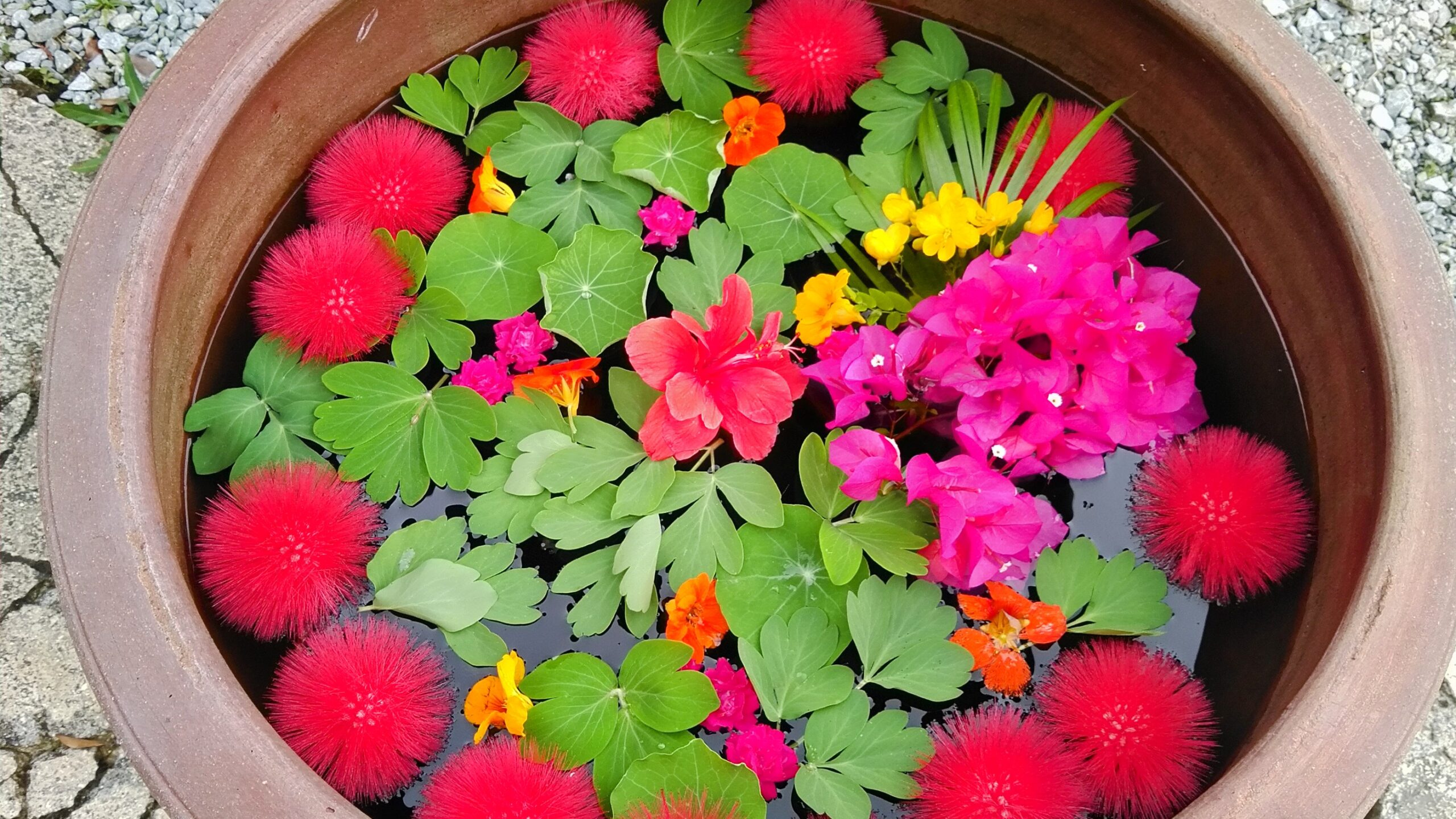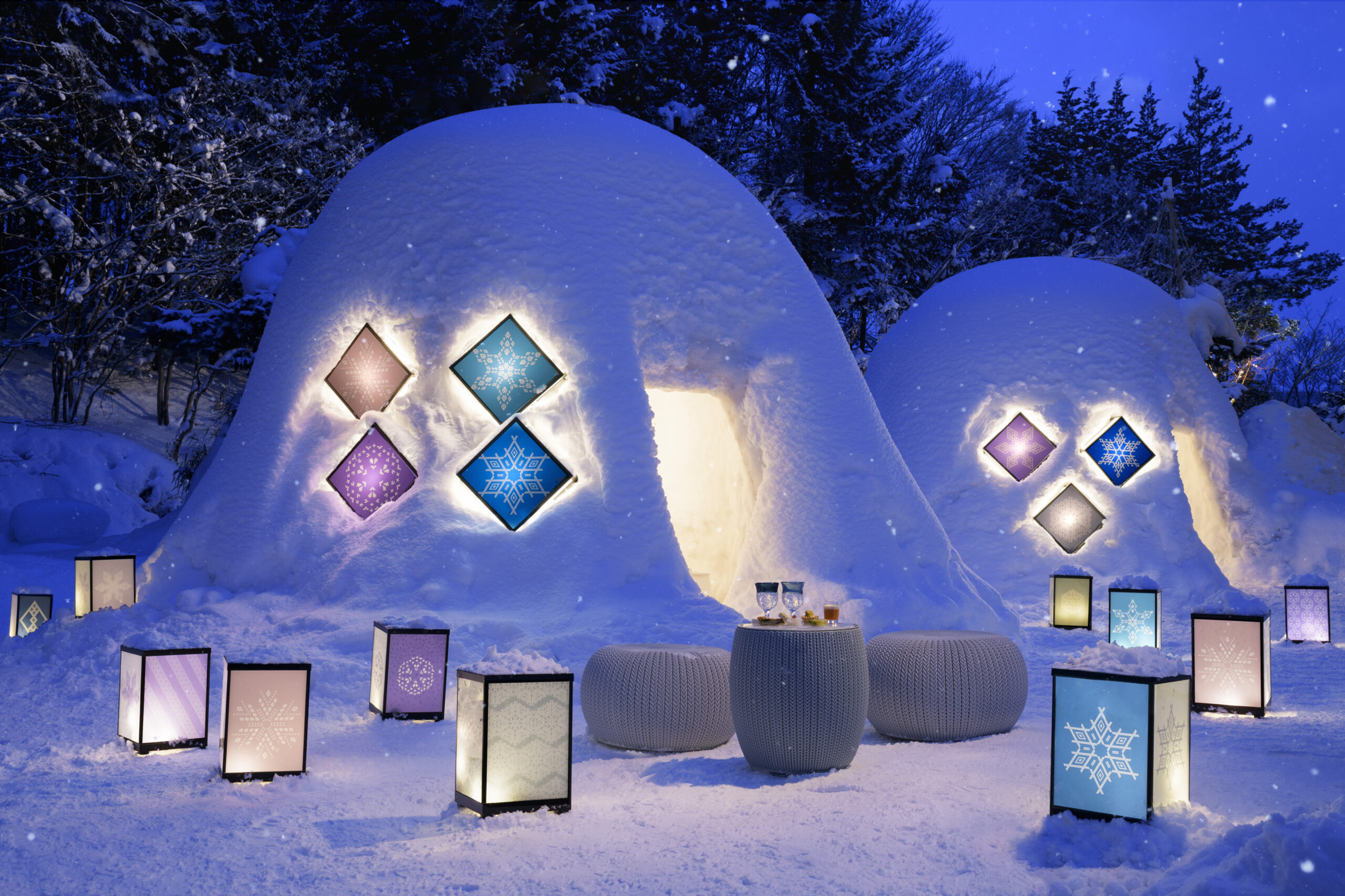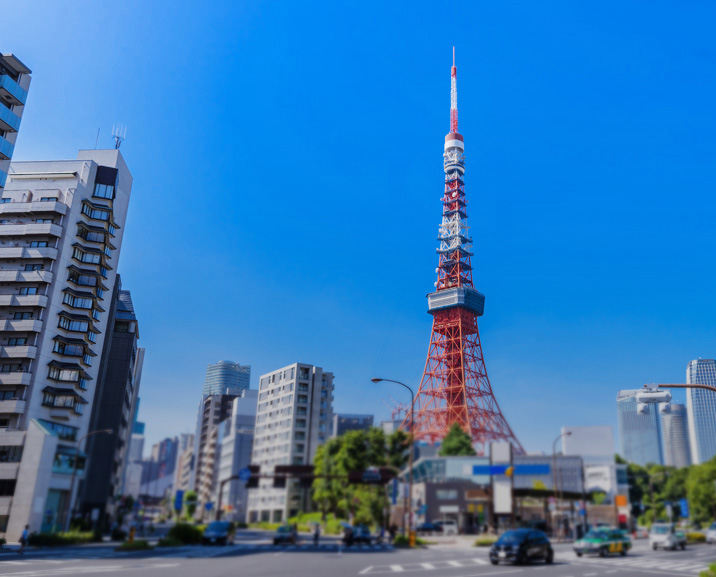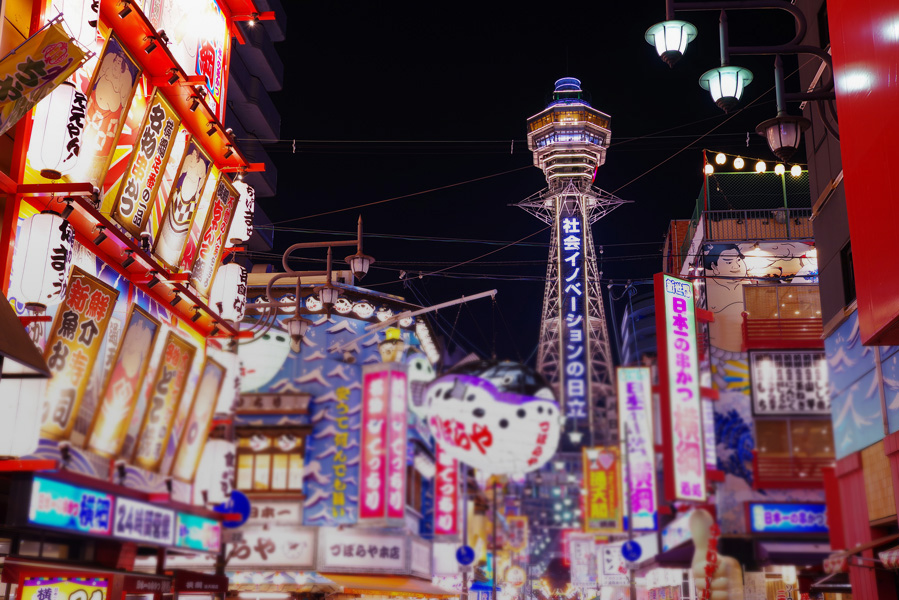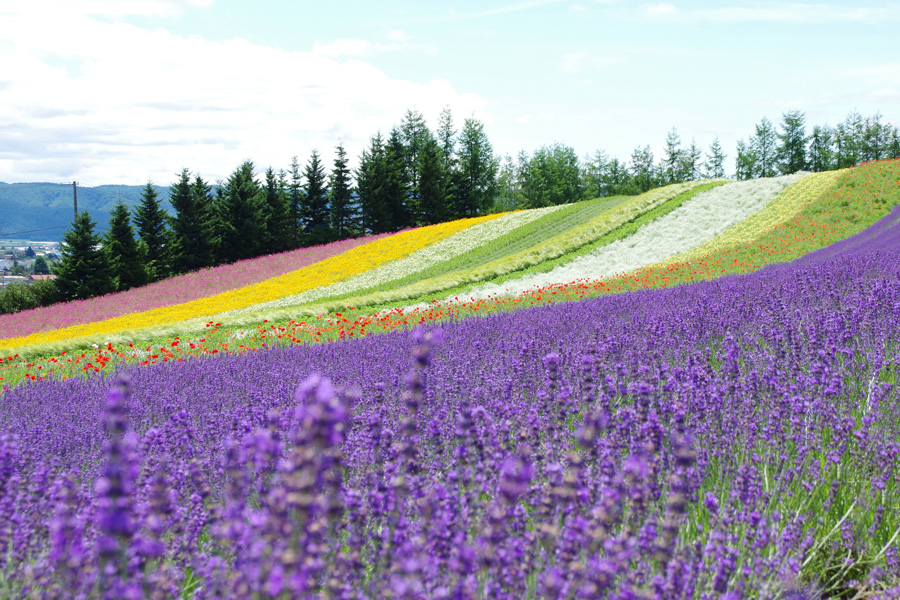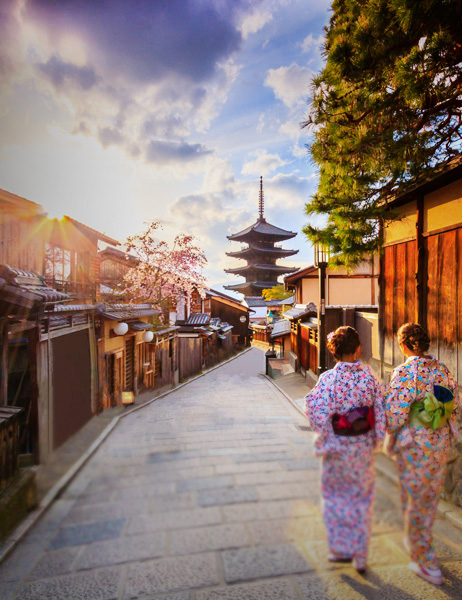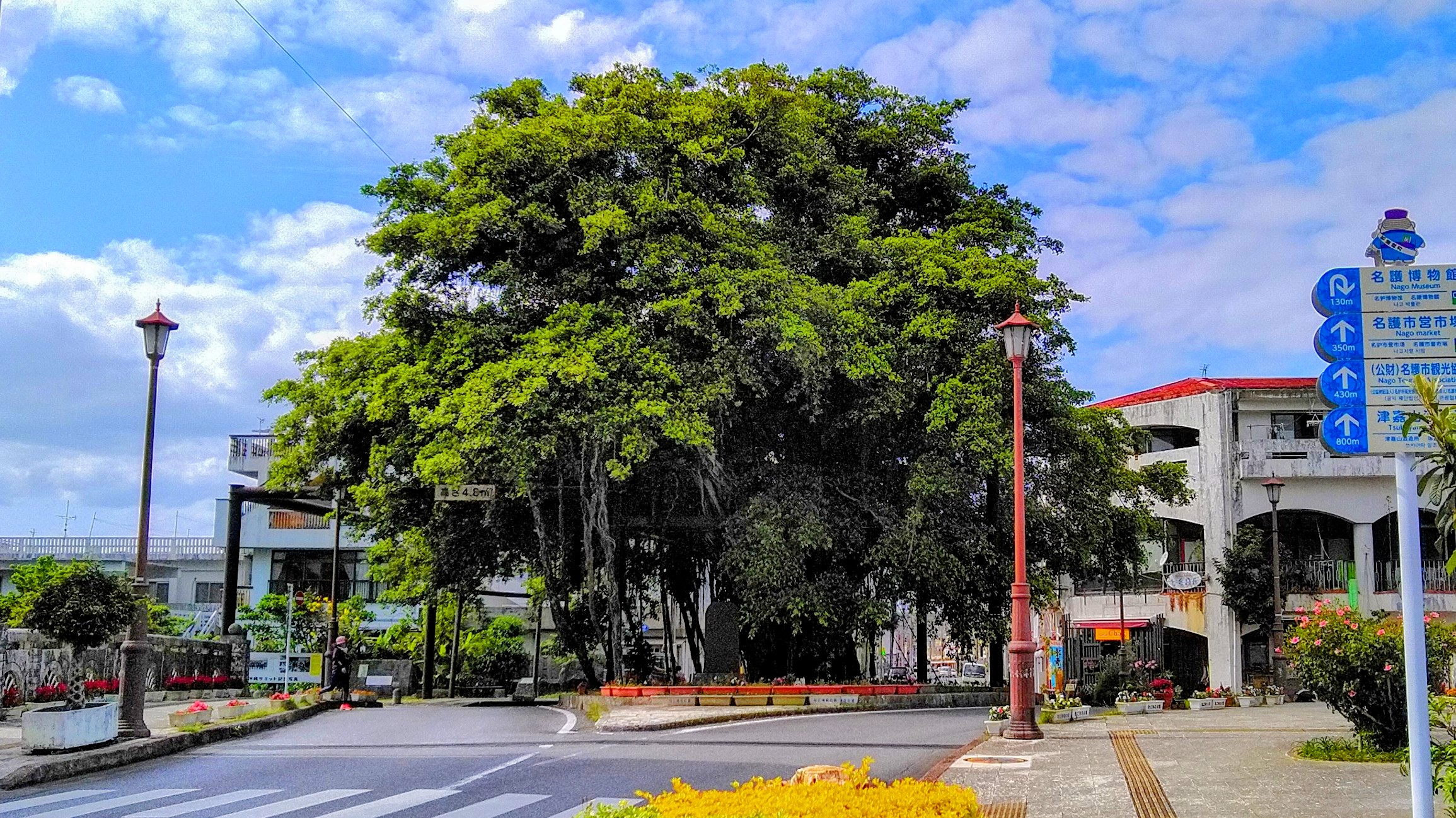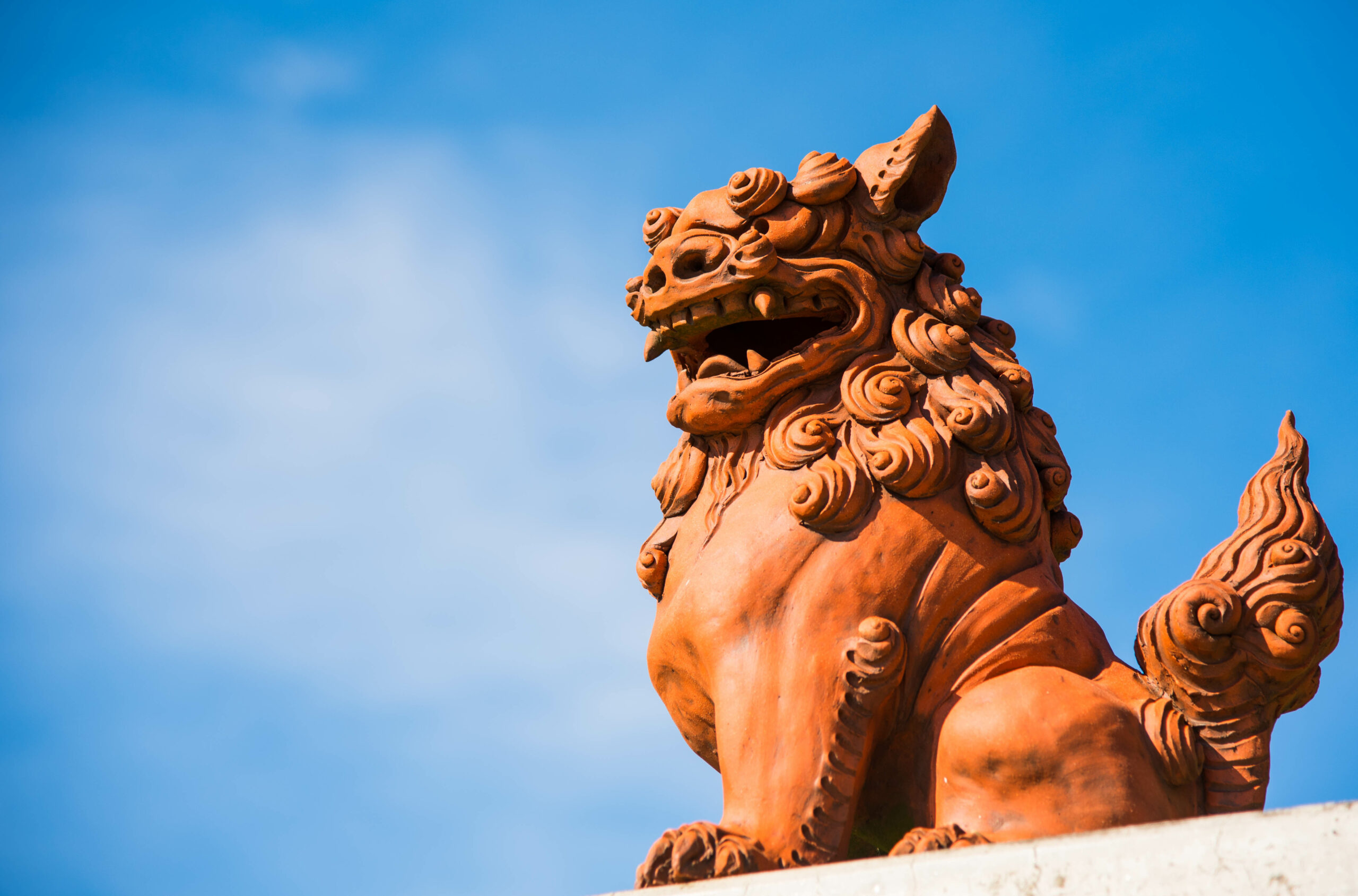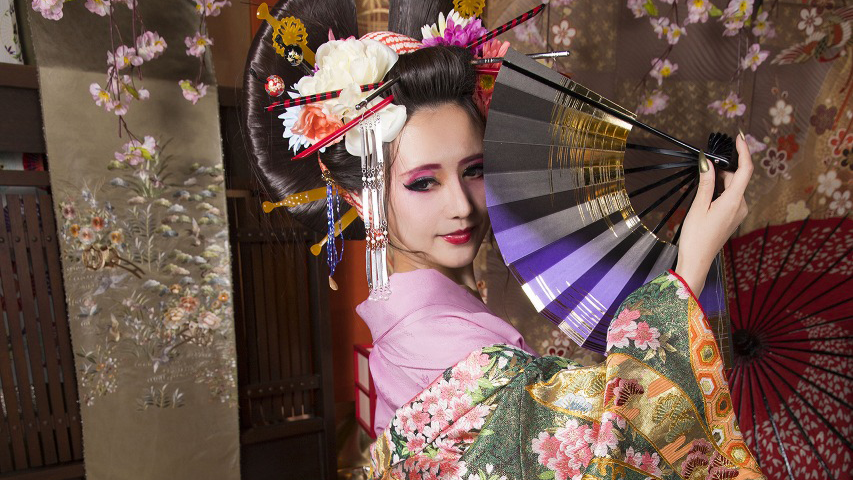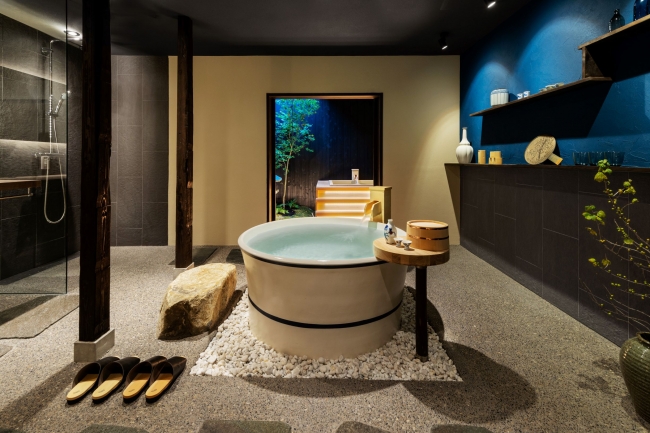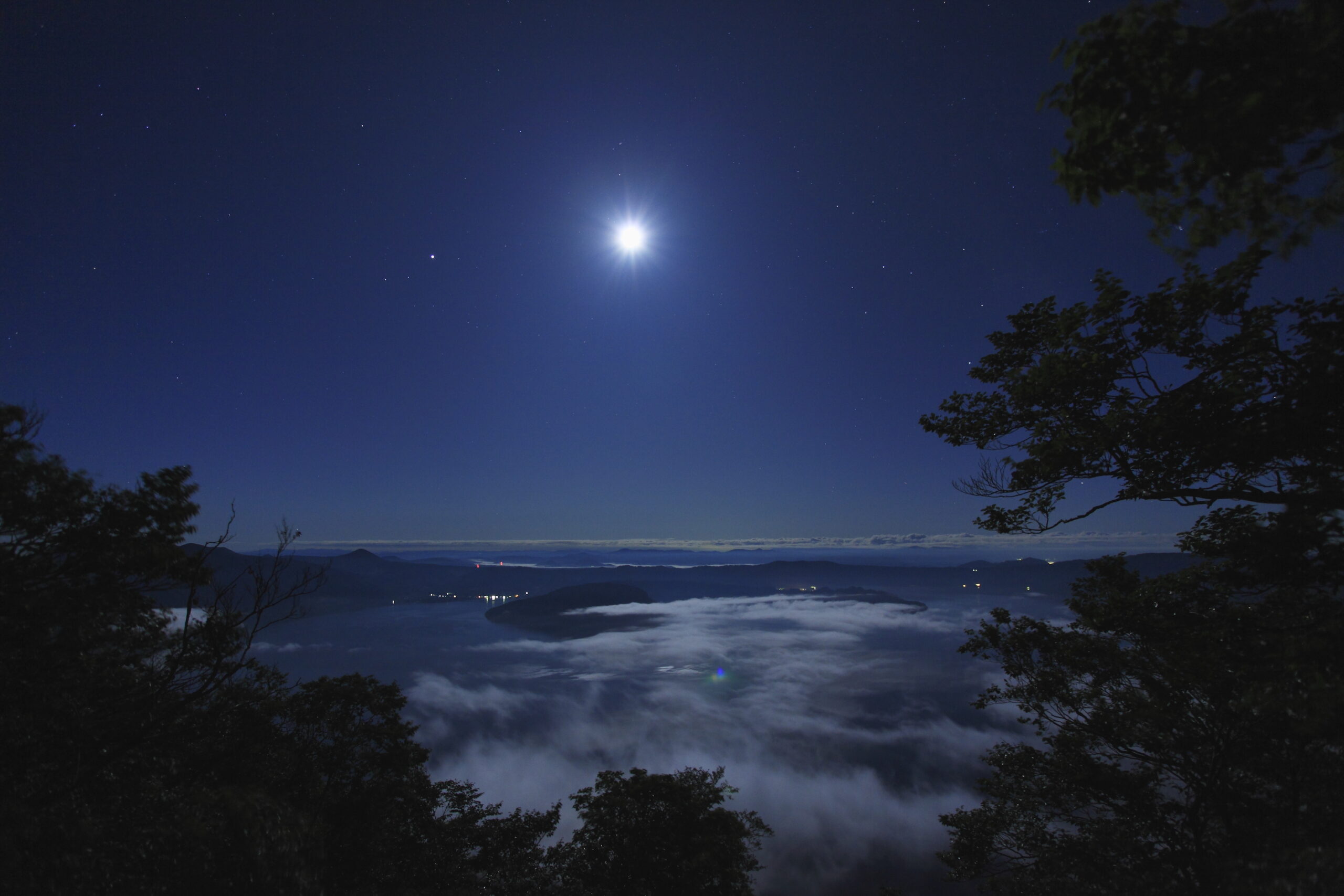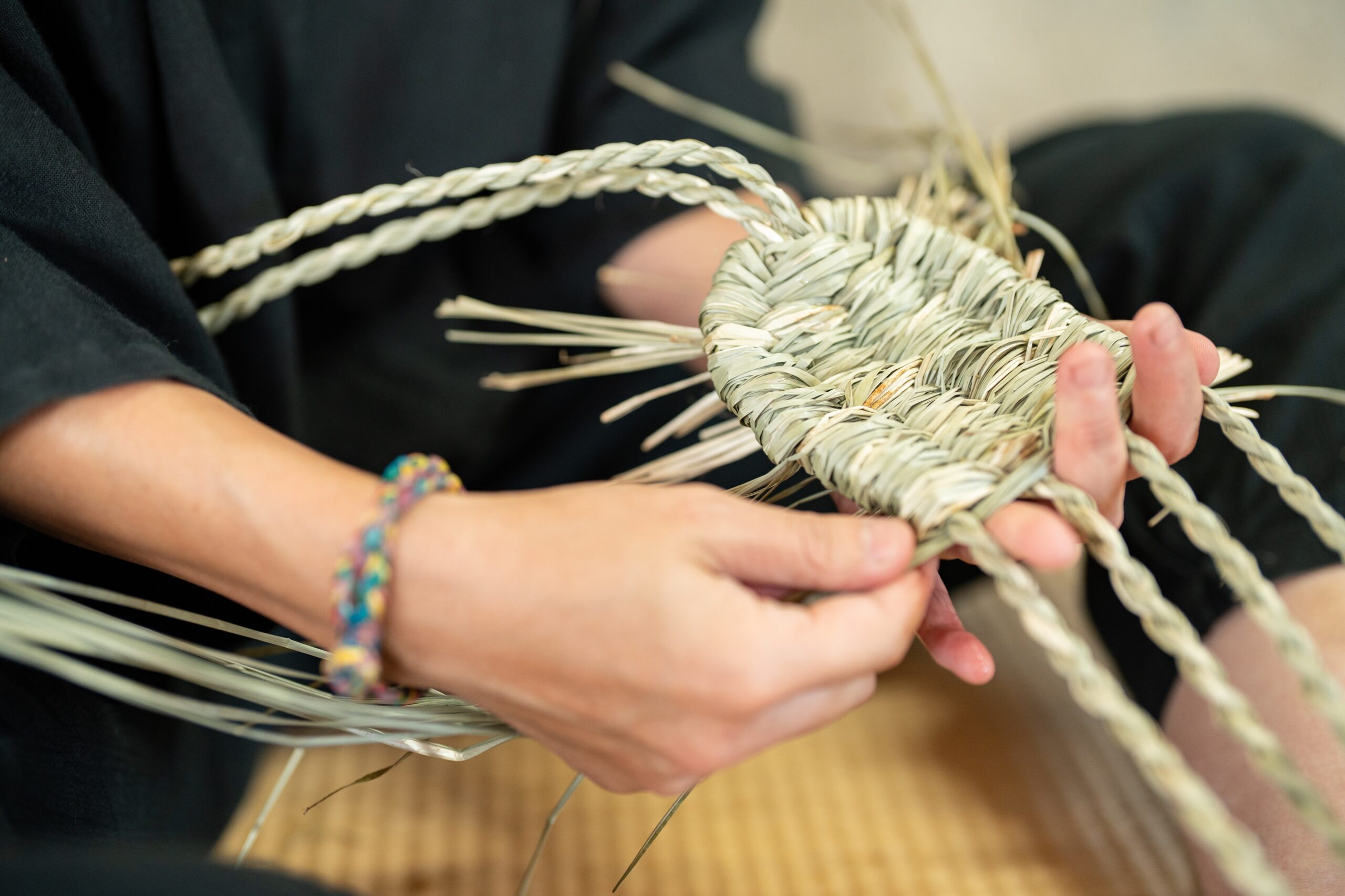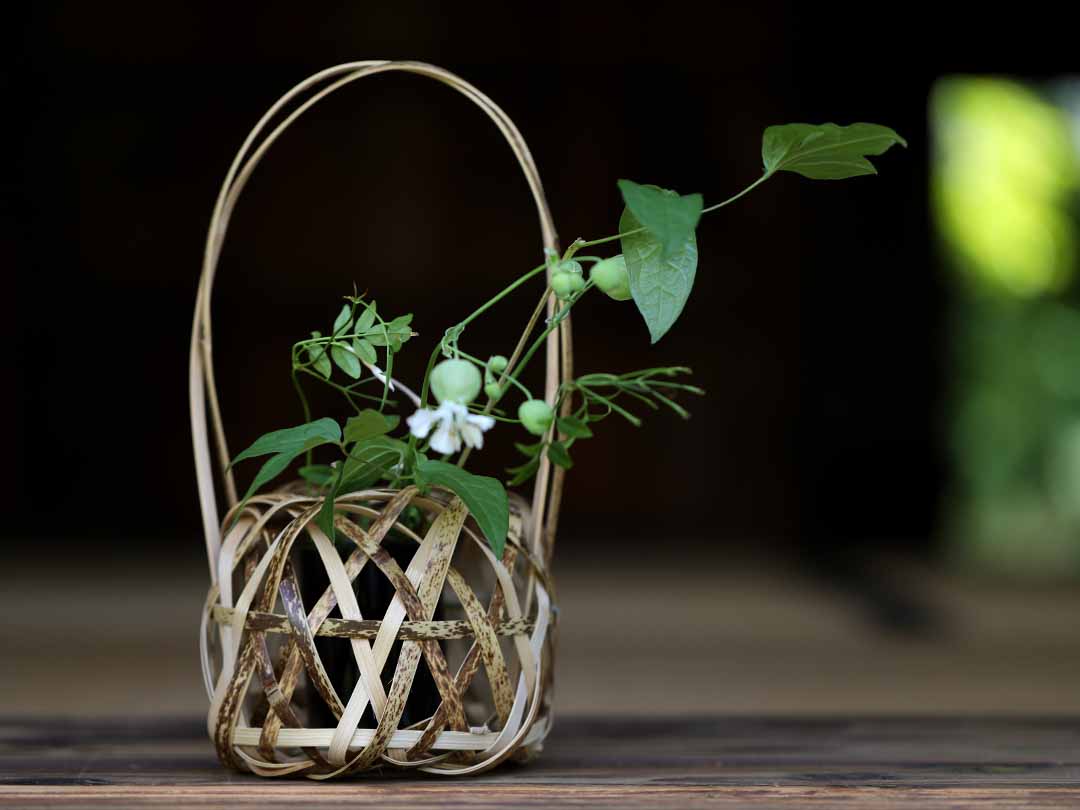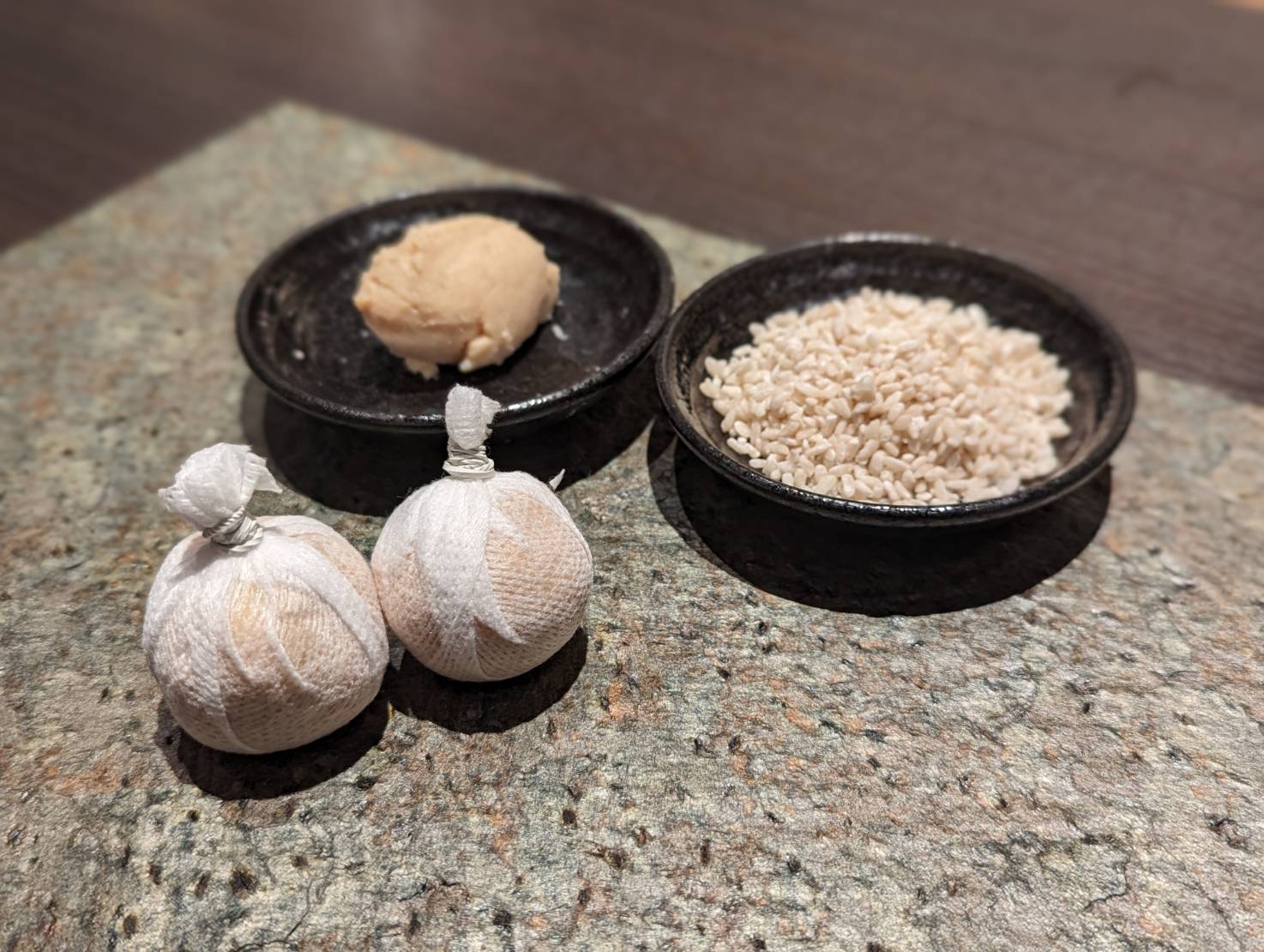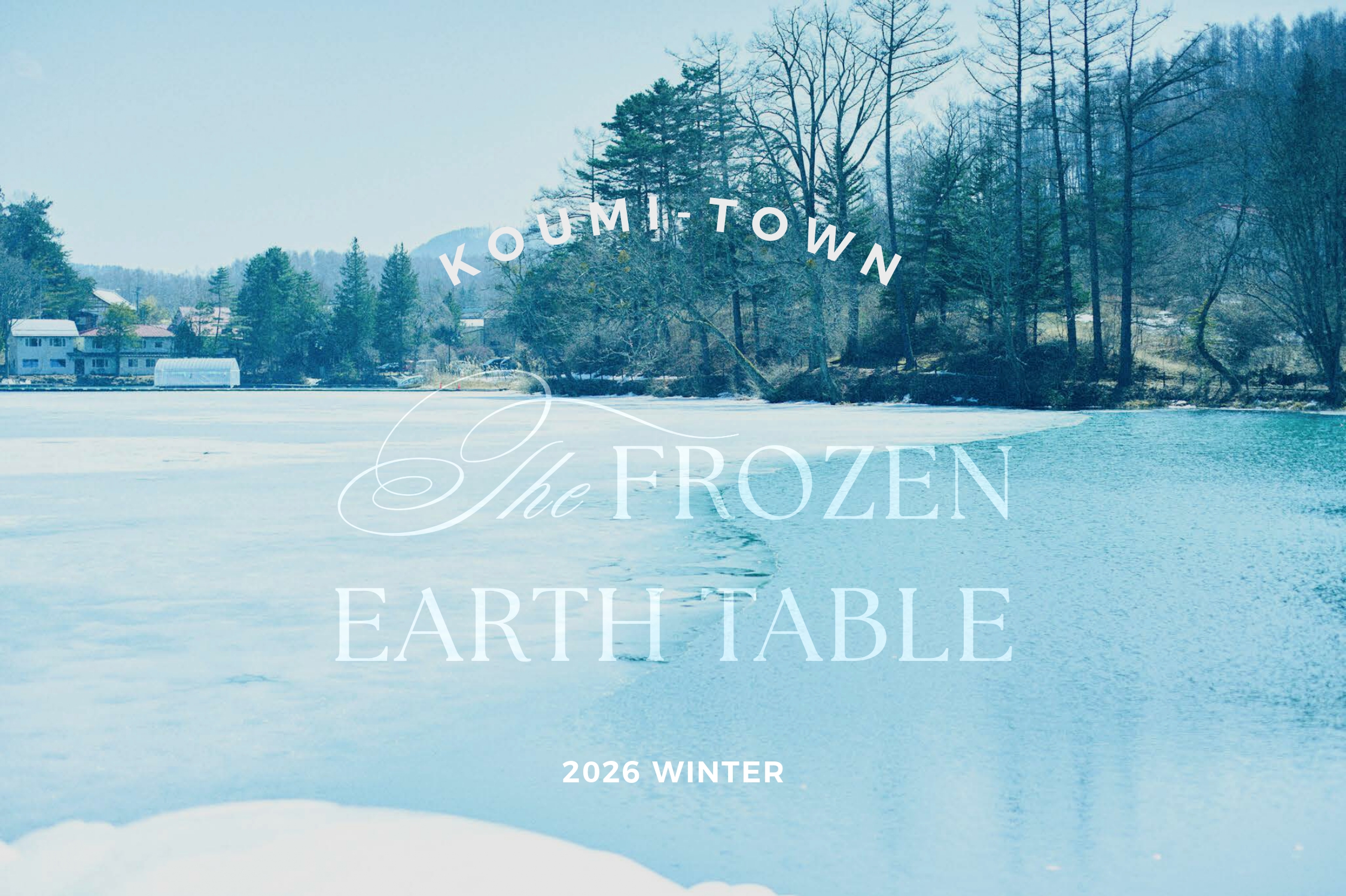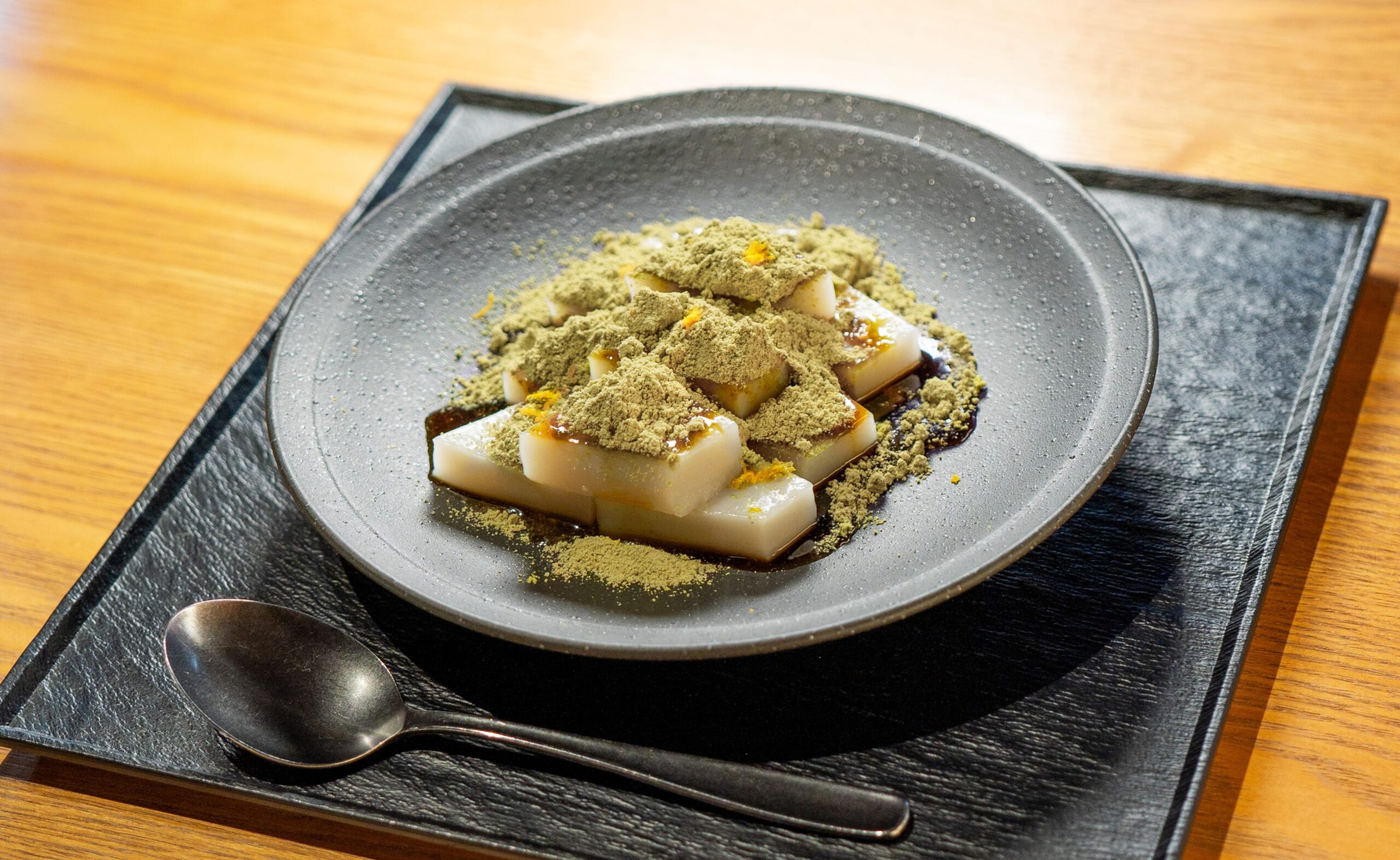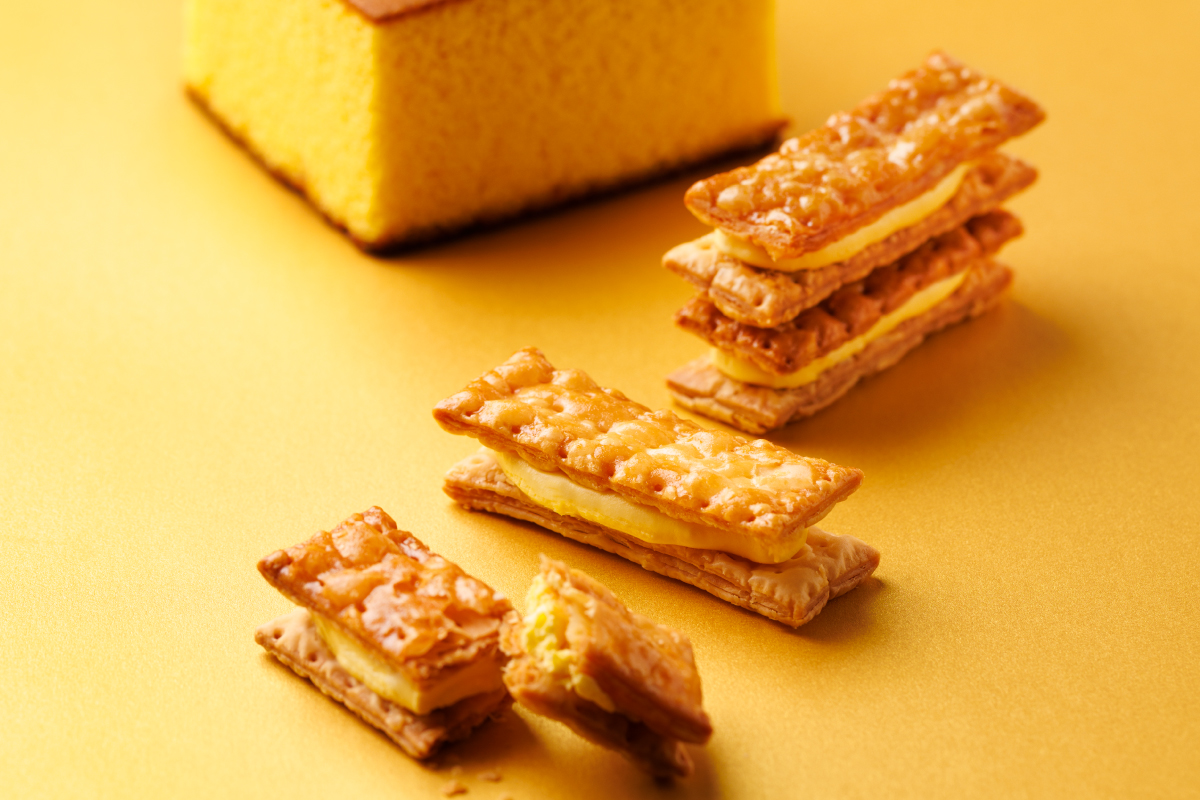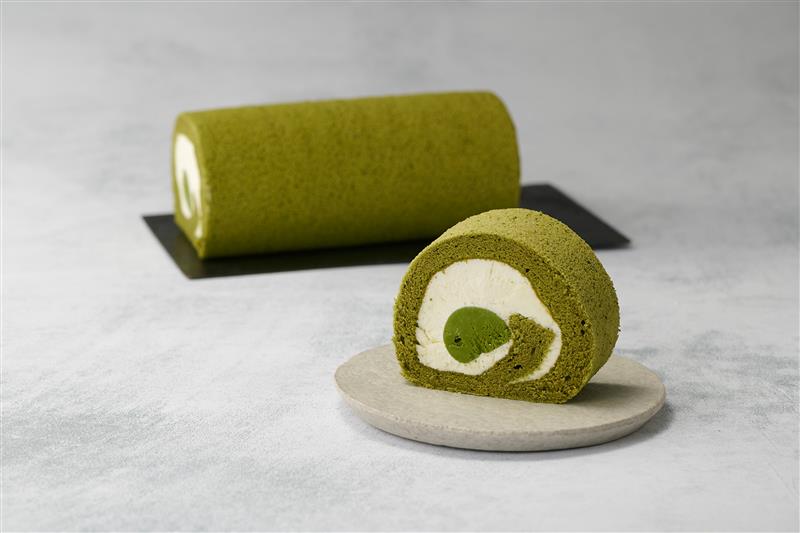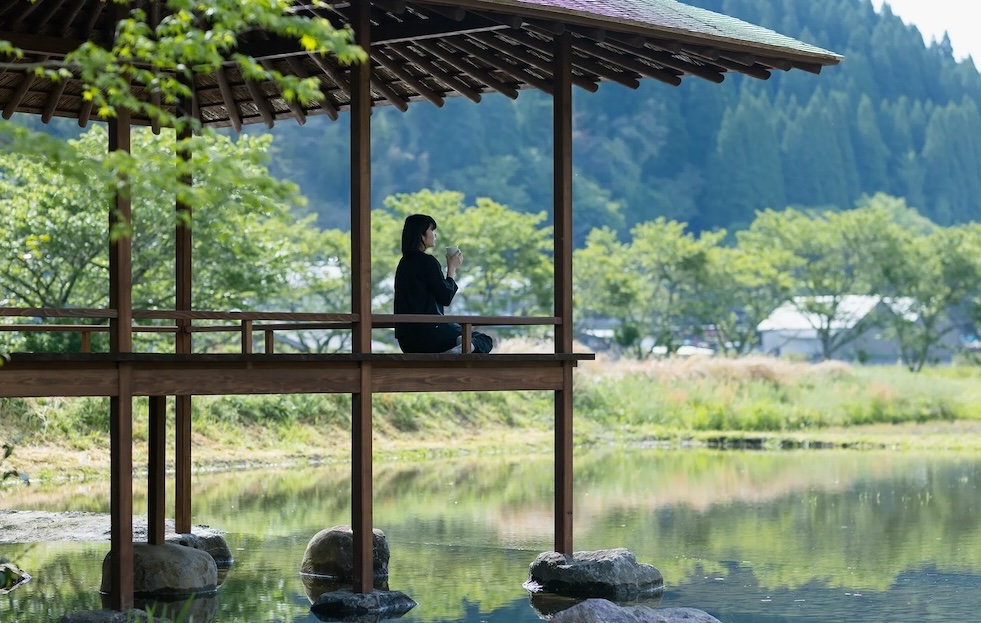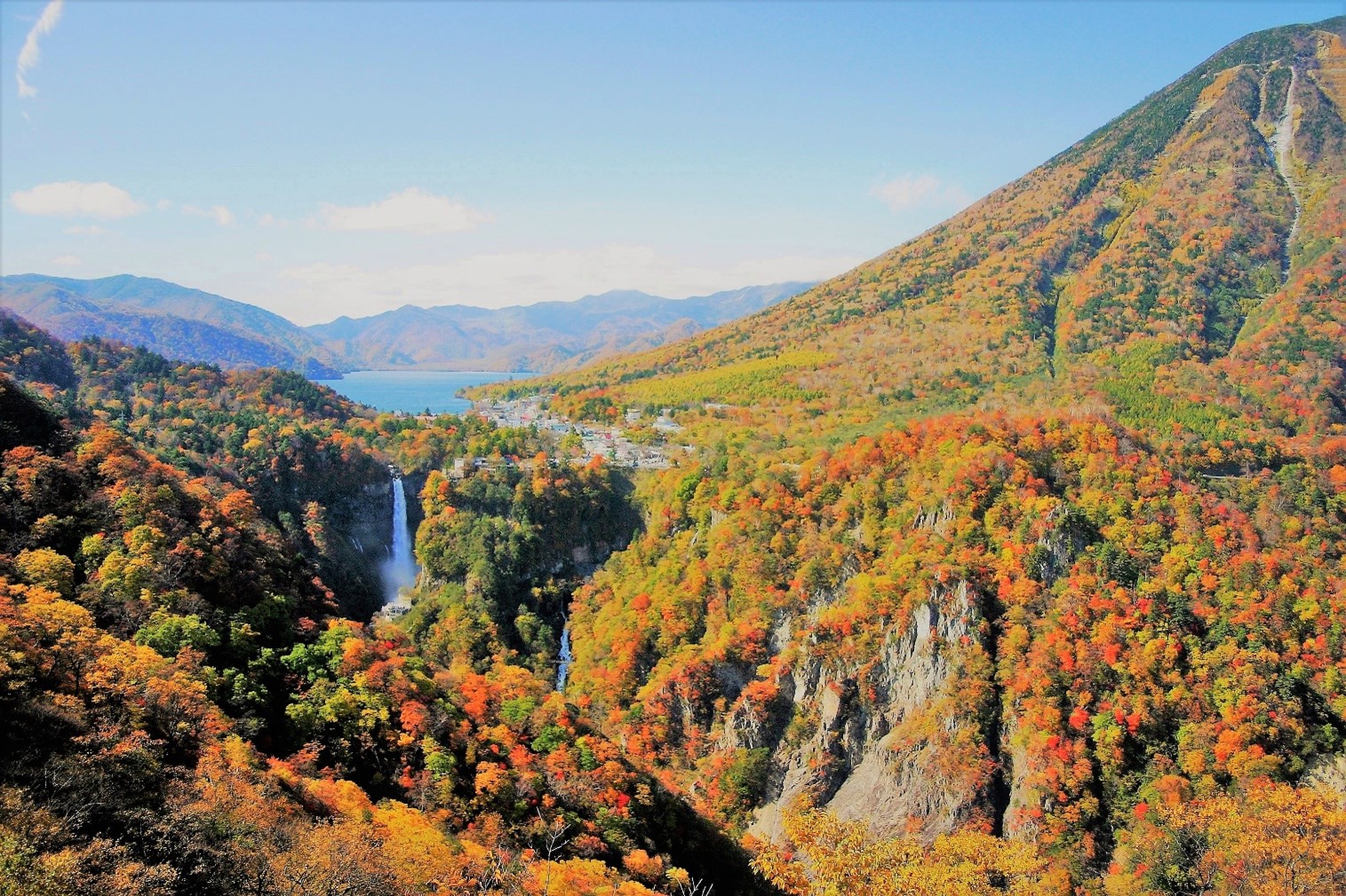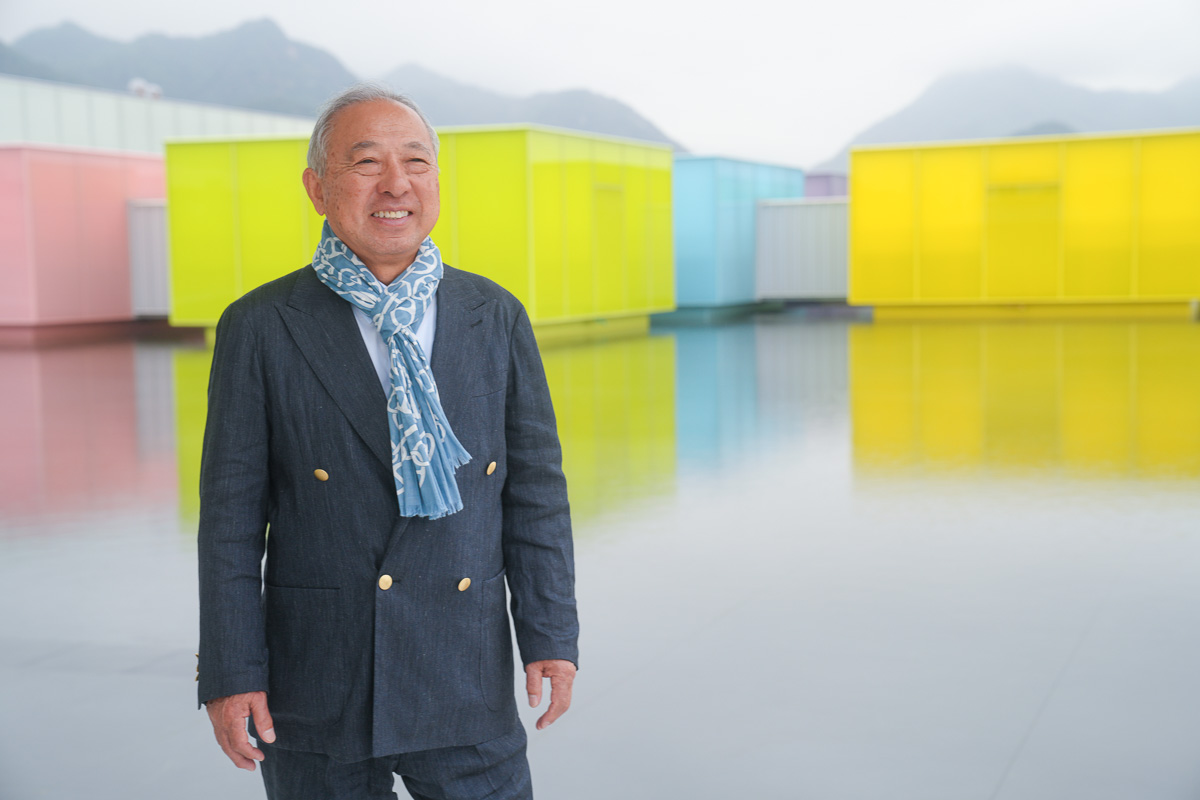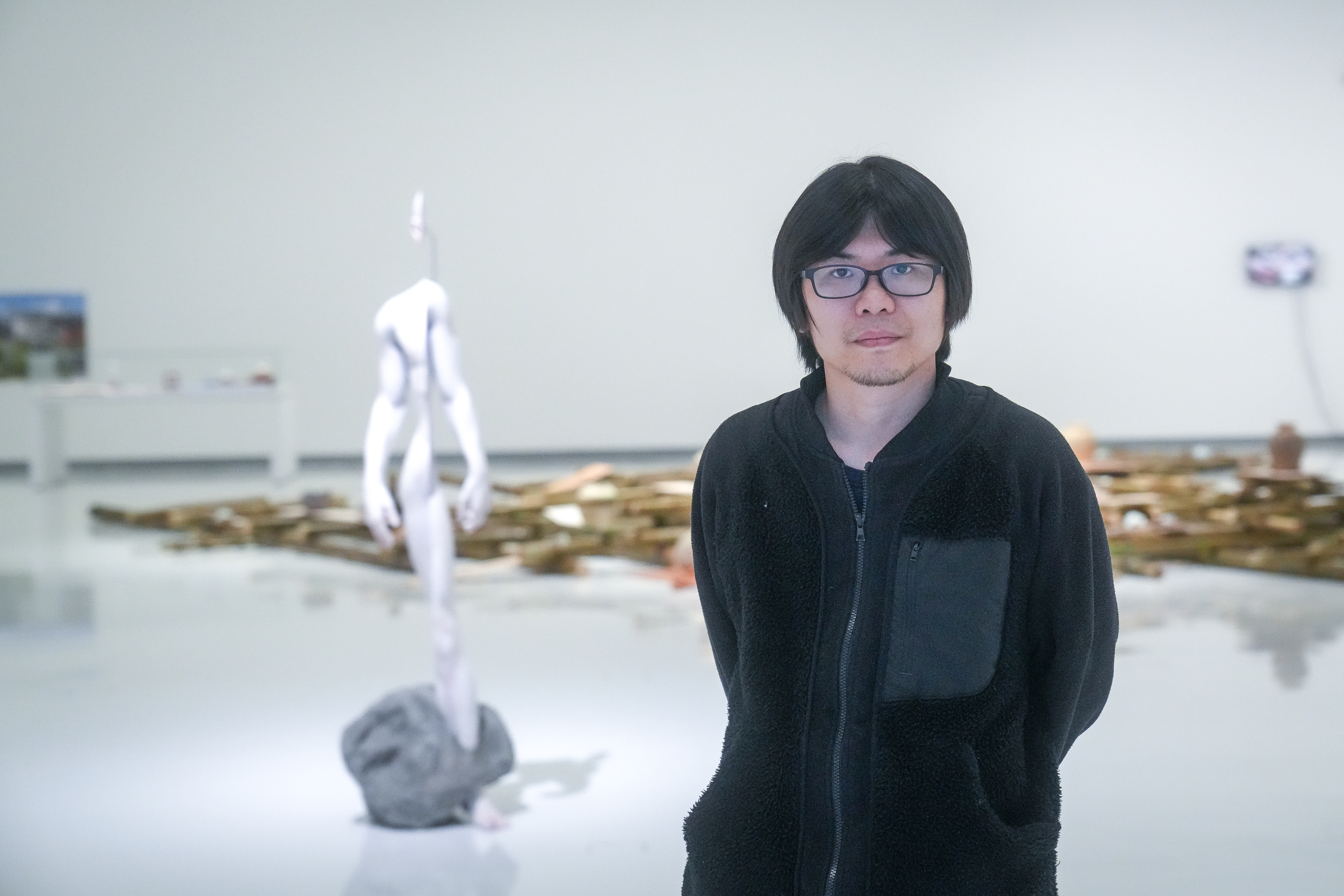It’s been 4 months since I moved to Okinawa.
There are many things in Okinawa that are not “ordinary” to me.
One of them is that “New Year comes three times in Okinawa”.
The first New Year based on the “solar calendar (New calendar)” used in many countries around the world, including Japan today. The “solar calendar” is based on the movement of the sun, so you can get a good idea of the seasons and temperatures.
The second New Year according to the “Lunisolar calendar (lunar calendar)”. The “Lunar calendar” is due to the ebb and flow of the moon. It has the advantage of being able to clearly understand changes in animals and plants and the ebb and flow of the tide.
However, in the “Lunar calendar”, the season is not known because it deviates from the solar cycle. In order to solve this problem, we set up a “leap month” once every 32 to 33 months to eliminate the deviation from the “solar calendar”. It is called “Lunisolar calendar = lunar calendar”.
In Okinawa, most families celebrate the “new year” New Year, but in fishermen’s towns where “the ebb and flow of the tide” is very important, they still celebrate the “old calendar” New Year.
“Itoman City”, which has the southernmost fishing port in Japan, is a typical example. On Lunar New Year, there is an event to run a boat with a colorful and big big catch flag to pray for big catch and pray for voyage safety.
And the third New Year is “Jule Knichi” on January 16th of the lunar calendar. This is the so-called “world of the deceased” New Year. In addition to this, there are many ancestral memorial events such as “Qingming” and “Acer” that match the lunar calendar.
In this way, many cultures and customs that were introduced from China (Ming and Qing at that time) during the Ryukyu Kingdom era remain in Okinawa.
I think that even as time goes by, the people of Okinawa are people who value the history, culture, and customs that they have inherited.
This time, I would like to introduce the symbolic tree “Gajumaru” in Okinawa, focusing on “Hinpun Gajumaru” that has been in Okinawa from the Ryukyu Kingdom era to the present.
A tree with red-haired spirits
“Hinpun Banyan” is a giant banyan tree located in Nago City, northern part of the main island of Okinawa. It is located on the median strip of Nago Odori (prefectural road No. 84). It would be more accurate to say that the roads are built to avoid giant trees.
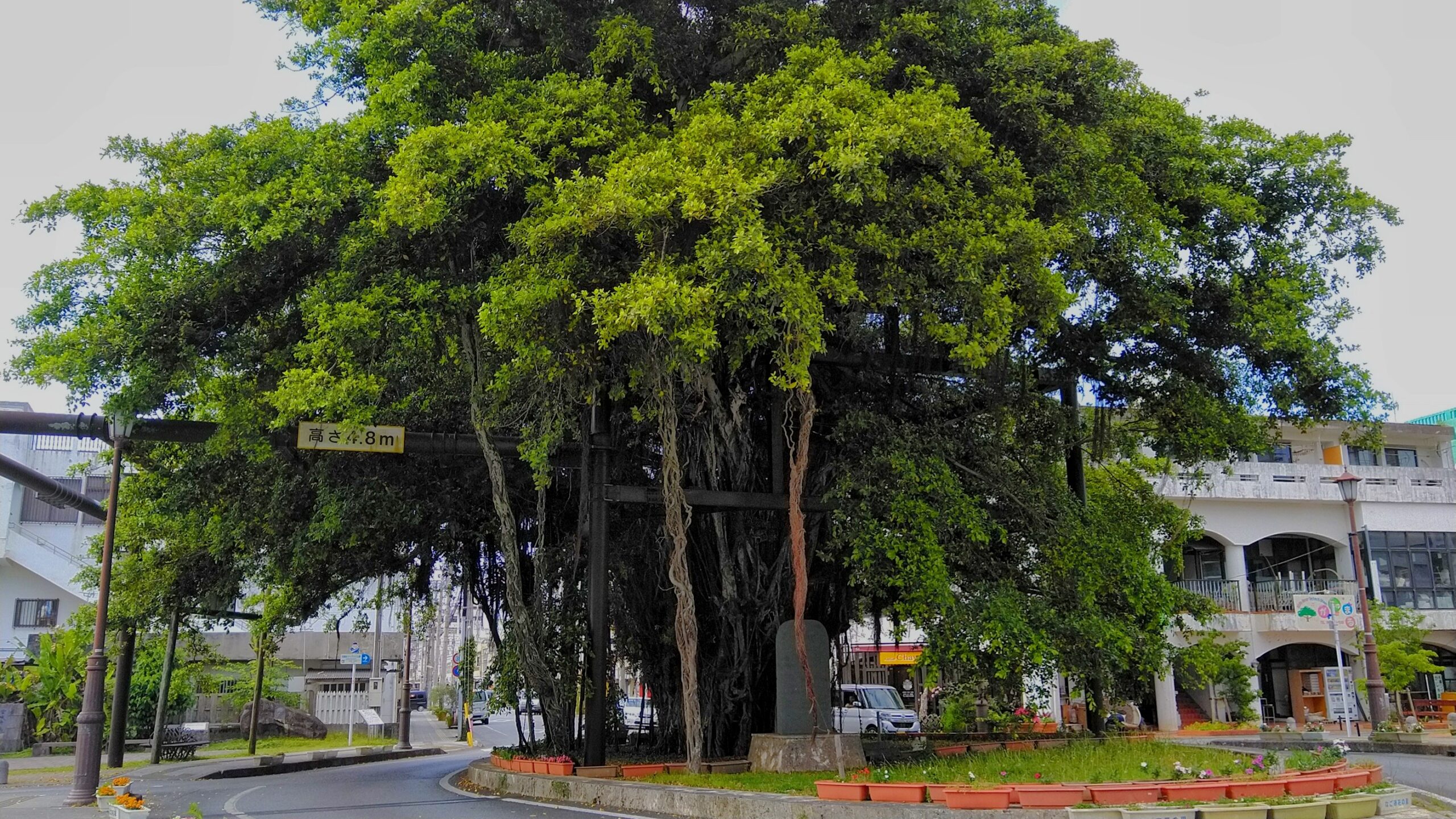
The cars are runs avoiding the banyan tree.
The age of the tree is said to be 240 to 300 years or more. Why don’t you know the exact age of the tree?
Probably because there are roots called “kikon” that are entwined around the trunk, it is not possible to accurately measure the circumference of the trunk.
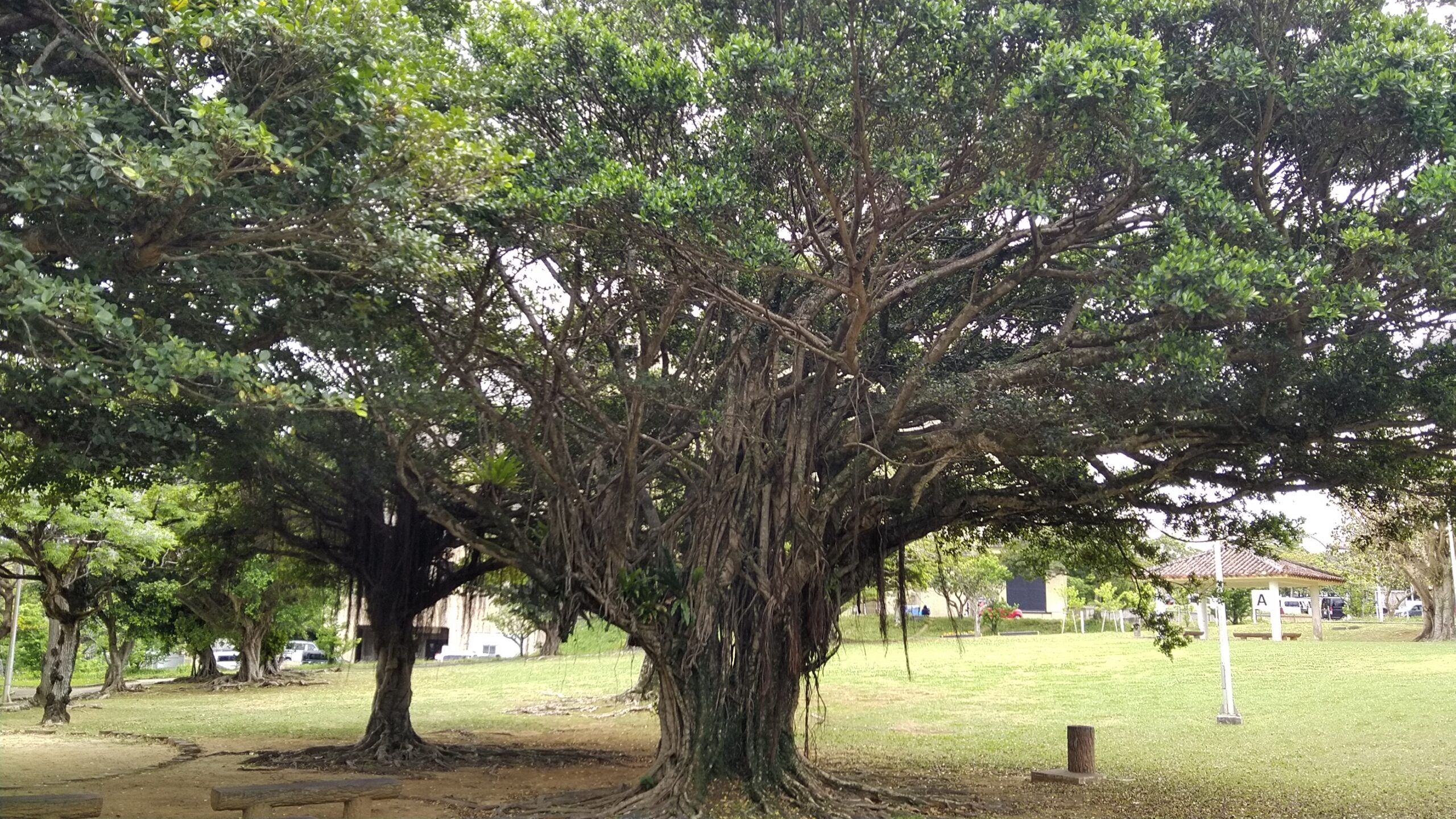
Banyan tree in Yaejima Park, Okinawa City. The air roots hang down so as to cover the trunk.
Normally, roots grow into the soil, but “air roots” grow from the middle of the trunk. Since it has roots in the air, it has the advantage of being able to absorb the moisture in the air.
The tropical to subtropical regions where banyan trees live have high humidity, so they are ideal for the banyan root structure because of the high moisture content in the air.
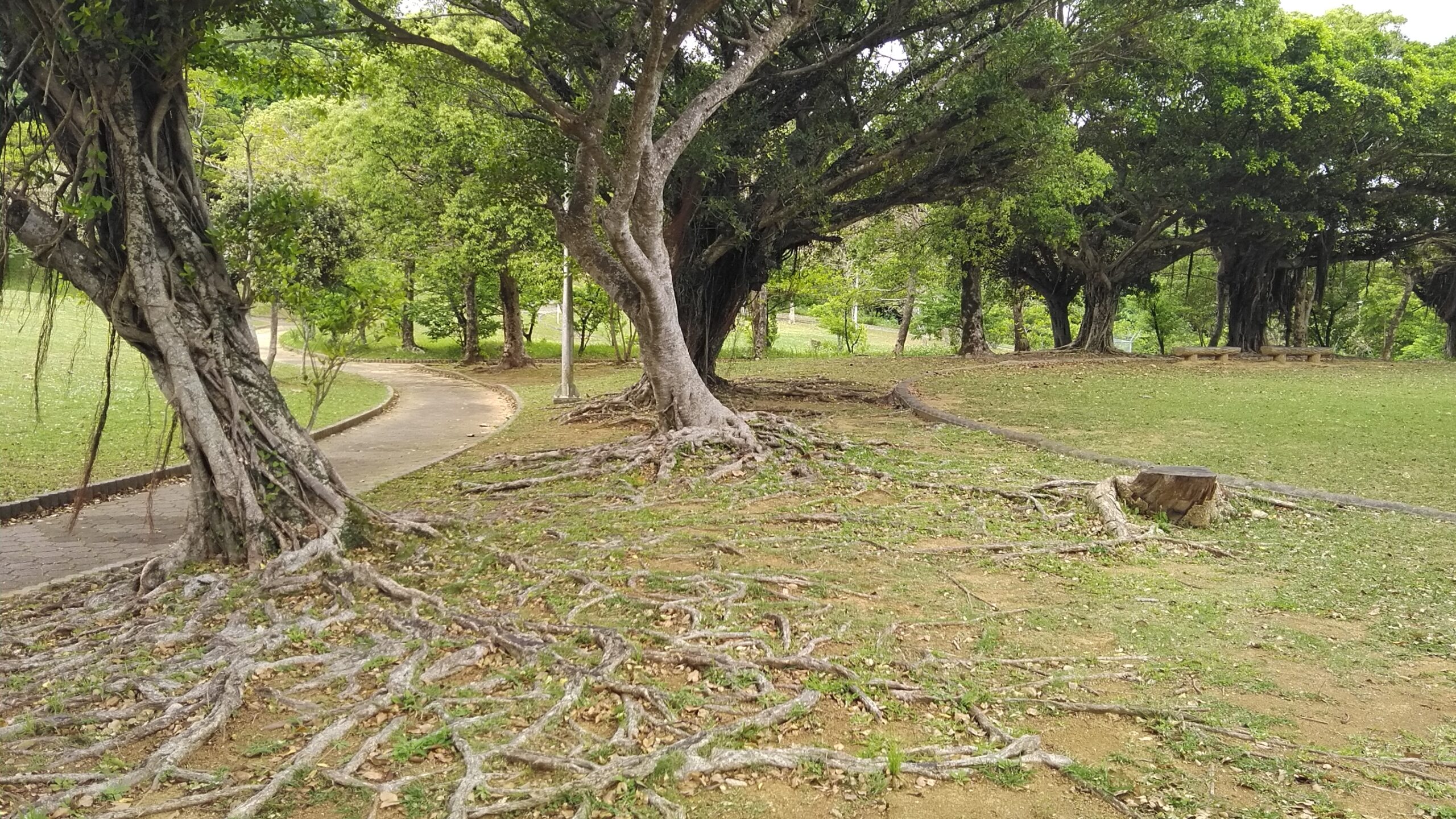
By rooting like crawling on the ground, it also has the role of firmly supporting the trunks and branches and leaves that grow large.
In Okinawa, Taiwan, India, etc. where banyan trees live, they are very susceptible to typhoons and cyclones, so “air roots” really work for the environment.
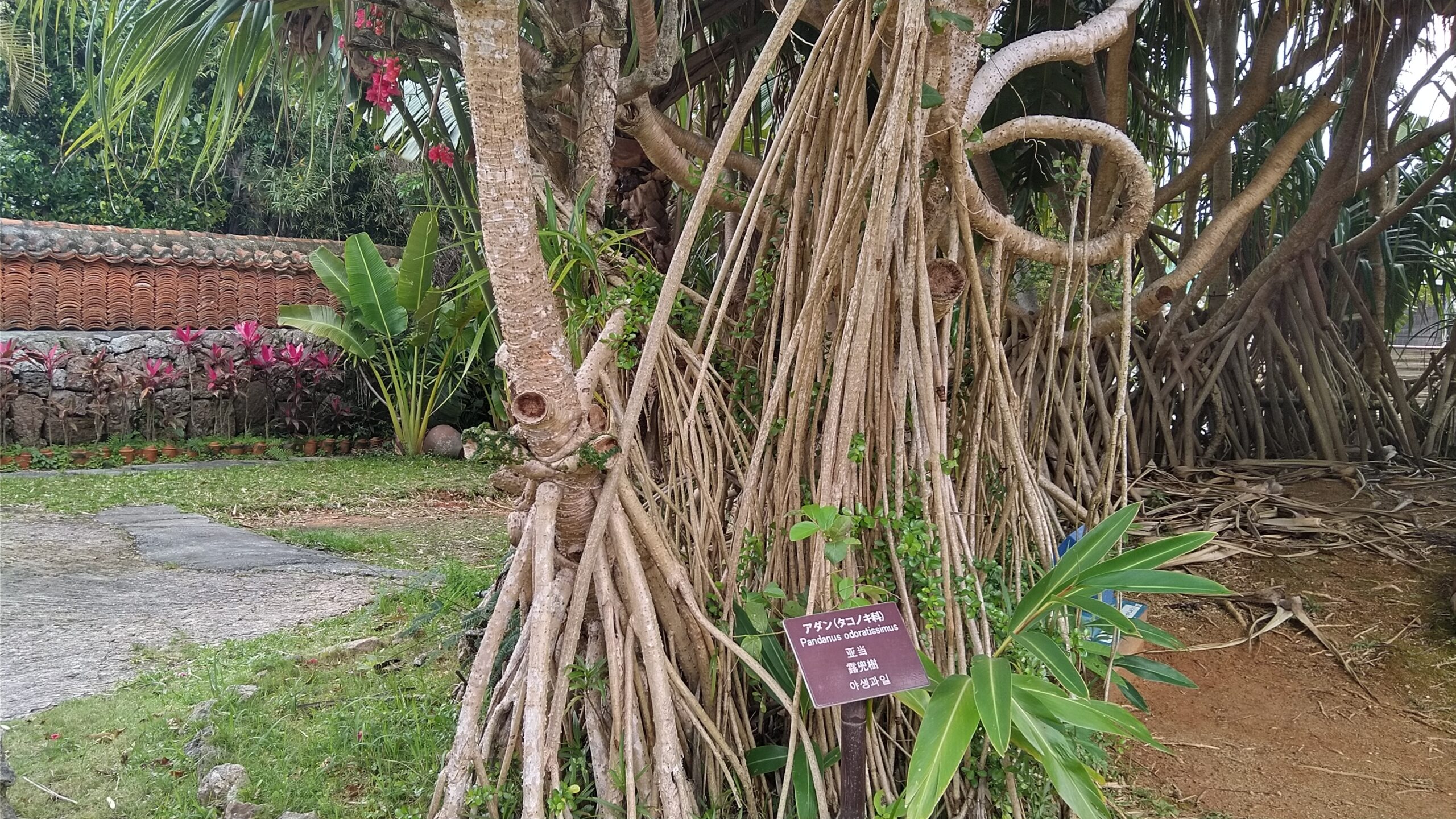
A tree called “Adan”. You can see that this tree also has “roots” and grows to support itself so that it will not be knocked down by strong winds.
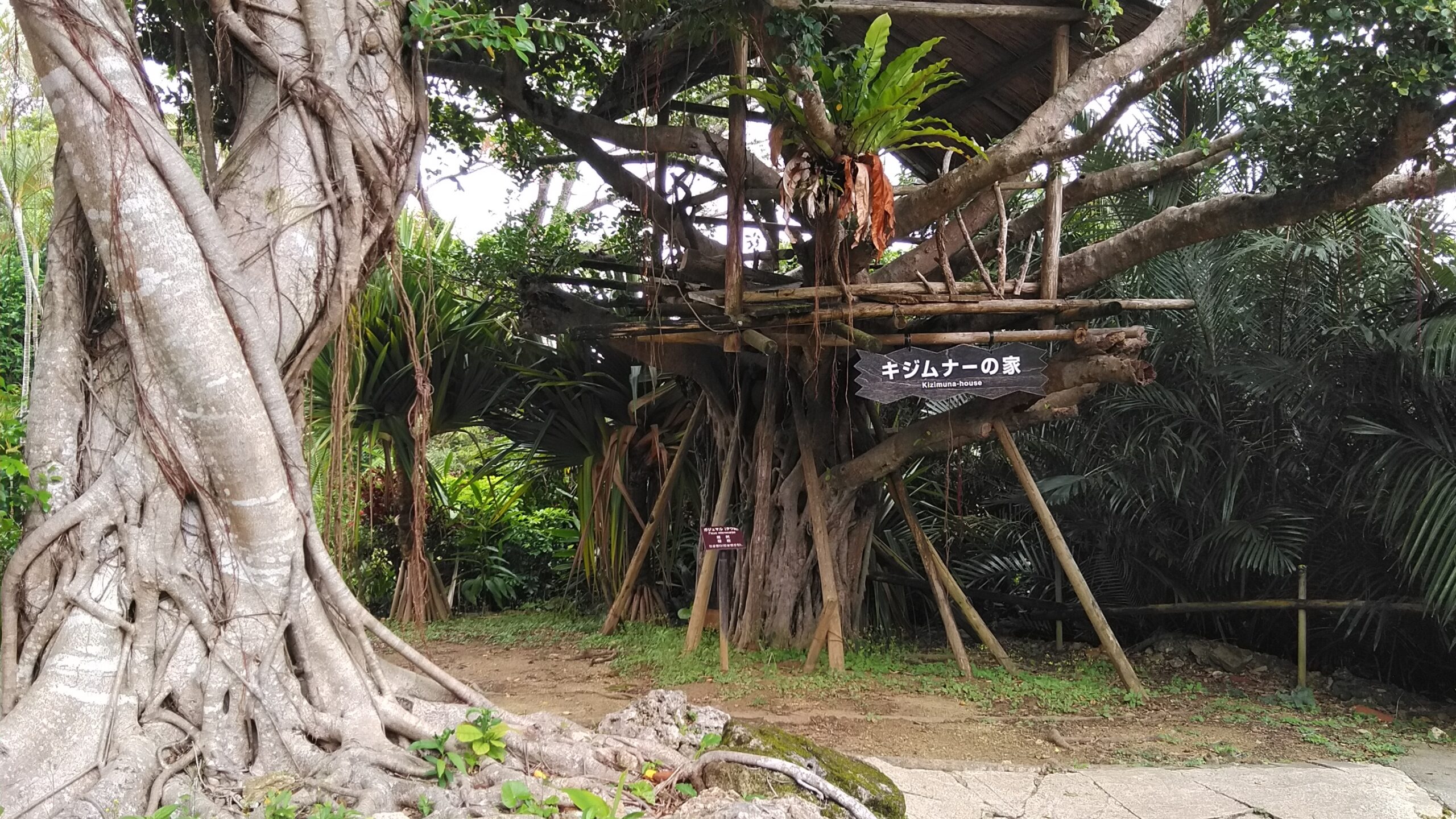
There is a legend in Okinawa that “the old banyan tree has spirits” for a long time. The spirit is “Kijimuna”.
“Kijimuna” is a child spirit who has red hair and walks like a jump. If you like it, it will make your house prosper by catching a lot of fish.
However, once disliked, it seems that a very scary revenge awaits. For example, if you do a flatulence (Kijimuna hates flatulence), you will be grabbed by your ankle and drowned in the sea….. Oh~It’s too scary, Mr. Kijimuna…..
It seems that there are many things in common with “Zashikiwarashi” that is handed down in the Tohoku region.
What is the amulet "Himpun"?
“Hinpun” in “Hinpun Gajumaru” comes from the Chinese word “Hinpun”. In Japanese, it is also read as “byoubu”.
So what is “Hinpun”?

Ryukyu Mura, former Shimabukuro family
Such a traditional Okinawan house, which is located at the entrance from the main gate, is called “Hinpun”.
It also means a blindfold, but it seems that the so-called “amulet” that prevents monsters (Majimun) from entering the house was a big meaning.

Originally, the name “Hinpun Gajumaru” comes from the stone monument called “Sanpuryu Myakuhi”, also known as “Hinpunshi”, which is placed under the tree.
It is this banyan tree that hides the city of Nago and stands up against monsters, which is the “Hinpun” of the city of Nago. It seems that the theory of the meaning is more popular.
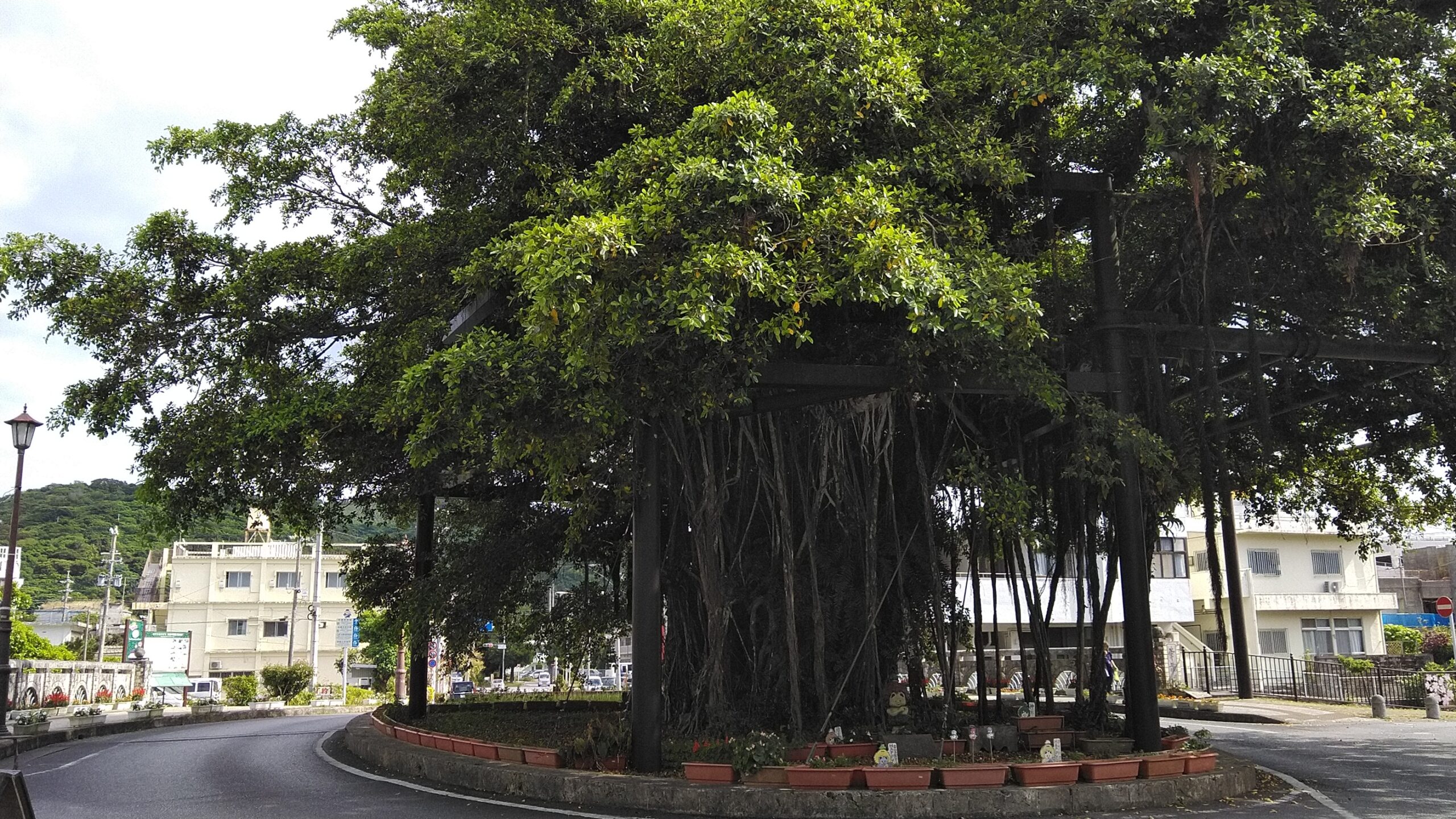
"Hinpun Gajumaru" seen from the city side
It seems that banyan trees were a children’s playground in Okinawa until a long time ago. One of the reasons I like Okinawa (I don’t need a reason to like things) is that I saw a movie with “banyan tree” and “Kijimuna”.
Having never actually seen a banyan tree or Kijimuna, I thought, “A spirit or a banyan tree. There seems to be something in Okinawa that goes beyond my understanding.”
At that time, I never thought that “banyan tree” would become such a familiar existence. It still feels strange.
When I visited “Hinpun Banyan” this time, I realized once again that the iconic tree “Gajumaru” in Okinawa is an irreplaceable existence for Uchinanchu (Okinawa people). And for “banyan tree”, Uchina (Okinawa) is a very “comfortable” place.
Okinawan language course
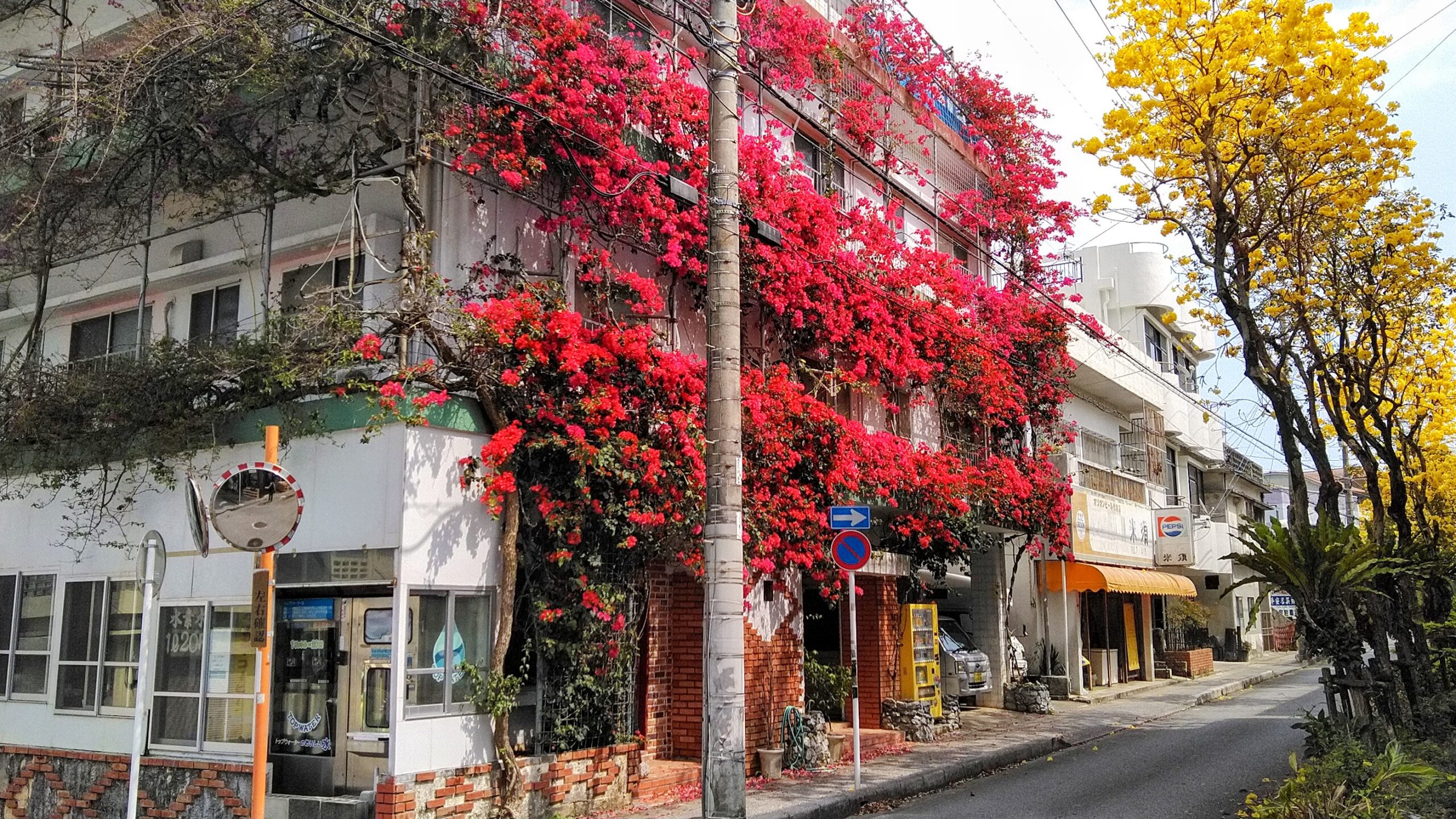
In the back alley of Koza (Okinawa City).
Finally, I would like to introduce two Okinawan dialects, “Uchinaguchi”.
At first,
[にふぇーでーびる (Nifedebiru)]
e? The big? (This is my reaction when I first heard it)
This means “Thank you”, and when it comes to the past form, it changes to “Nifedebitan”.
The word “Ippei” is attached to this, and when it comes to “Ippei Fedebiru”, it seems that you can convey the greatest gratitude.
[よんなー (Yonna)]
It seems that he often says “Yonna Yonna” repeatedly, and the meaning is a gentle word “slowly, not impatient, at your own pace”. This is one of my favorite Okinawan languages.
See you next time.
